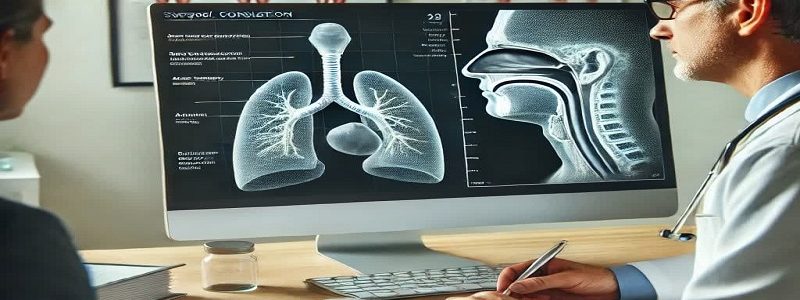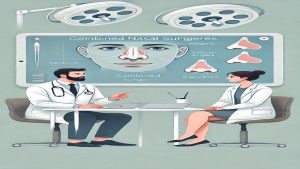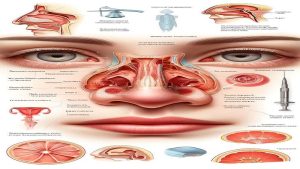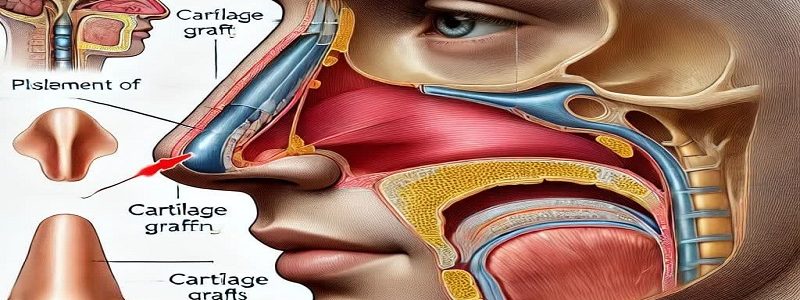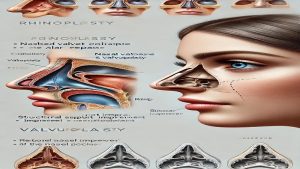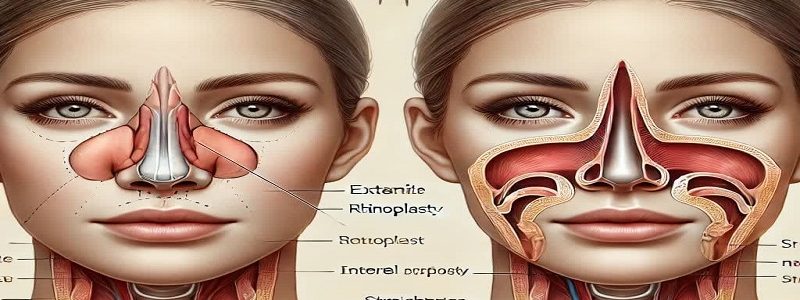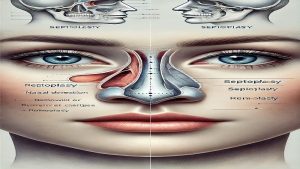Comprehensive review
Introduction
Combined surgery involves performing several surgeries at one session that can meet functional and aesthetic goals at the same time.. Due to technical complexity, these surgeries need careful planning and thorough consultation with the patient.. Determining goals, evaluation of expectations, and pre -operation planning play a key role in the success of these surgeries.. In this article from the site of Dr. Behnam Khorrami (Isfahan nose surgeon _ Jaw surgeon of Isfahan)Examines the importance of planning and consulting in combined surgeries, optimizing this process, and how to manage patients' expectations..
The importance of careful planning in hybrid surgery
1.. Investigating the patient's medical condition
Before any combined surgery, the doctor should carefully examine the patient's general health status. This review includes the following:
Patient Medical History (Heart disease, diabetes, pulmonary problems, etc.)
Consumable drugs
Allergies
The patient's mental state
2.. Evaluation of patient's needs and goals
Combined surgeries usually include a combination of various methods such as cosmetic surgery, structural modification and performance improvement.. For this reason, the doctor should talk to the patient about the following goals:
Improve performance (Such as improvement of breathing in rhinoplasty)
Beauty correction (Like Change the shape of the nose Or correction of symmetry)
Reduce recovery time (A combination of multiple acts to reduce the recovery period)
۳. Careful anatomical analysis
To perform combined surgeries, the physician must evaluate the patient's anatomy in full detail. This includes the following:
Using CT scans and MRI to investigate the structure of bones and soft tissue
Assessing the quality of the skin and underlying tissues
Simulation of results using 3D models
The role of complete counseling with the patient
1.. Management of patient expectations
Unrealistic expectations are one of the causes of post -surgical dissatisfaction. The doctor should talk to the patient clearly about the real results:
Explanation of surgical limitations
The probability of the need for restorative surgery
The difference between ideal results and real results
2.. Patient mental preparation
Combined surgeries have mental effects in addition to physical effects. Psychological preparation includes the following:
Explanation about the steps of recovery
Anatomical process of pain, bruising and post -operative swelling
Provide psychological solutions to reduce anxiety
۳. Post -operative care training
Post -operative care play an important role in the end result of surgery. The doctor should teach the patient thoroughly about these care:
How to use medications (Housing, antibiotics)
Motor restrictions
Proper nutrition for faster recovery
How to clean and care for wounds
Surgical design design
1.. Step -by -step planning
Combined surgery planning must be done step by step:
Determination of priorities: Which surgeries are a priority?
Surgery timing: How much time is needed for any surgery?
Anesthesia management: The duration of anesthesia and its possible complications
2.. Coordination of the surgical team
Combined surgery requires the cooperation of several specialists:
plastic surgeon
Otolaryngologist (For nose surgery)
Anesthesiologist
Experienced nurses
۳. Risk management
In combined surgeries, more likely complications are more likely. Careful Planning for Risk Management includes the following:
Prevention of severe bleeding
Pain management
Swelling and bruising
Planning challenges in hybrid surgery
1.. The duration of surgery
Long -term surgery can lead to:
Increased risk of complications caused by anesthesia
Low blood pressure
Increased risk of infection
2.. Anatomical constraints
Some anatomical restrictions may make all the goals in one surgical session met. In these cases, surgery is recommended.
۳. Postoperative complications
The combination of multiple surgeries increases the risk of swelling, bruising and postoperative pain. The doctor should have a precise plan to manage these complications.
The benefits of careful planning and full consultation
Improve the final results: Better functional and aesthetic results
Recovery Recovery: The combination of surgeries reduces the number of recovery periods
Increased patient satisfaction: Better match between the actual result and expectations
Reduce complications: Predicting problems and preparing them to manage them
Conclusion
Careful planning and full consultation, the basis of success in Combined surgery are. Full assessment of patient condition, expectation management and coordination between the surgical team play a key role in improving the results and reducing complications.. The physician can achieve successful and satisfying results by providing accurate information to the patient and preparing them physically and mentally..
Useful links:
Isfahan nose surgeon _ Jaw surgeon of Isfahan
Dr. Behnam Khorrami's page in the clinic 24 | Maxillofacial surgeon in Isfahan clinic 24 | Nose surgeon in Isfahan clinic 24
Dr. Behnam Khorrami, nose surgeon in Isfahan at Dr. Af | Maxillofacial surgeon in Isfahan at Dr. Af | Isfahan nose surgeon at Dr. Af
